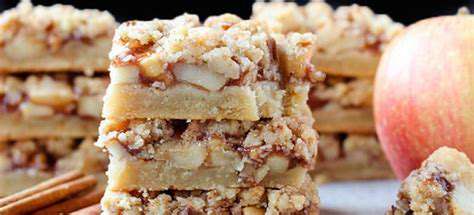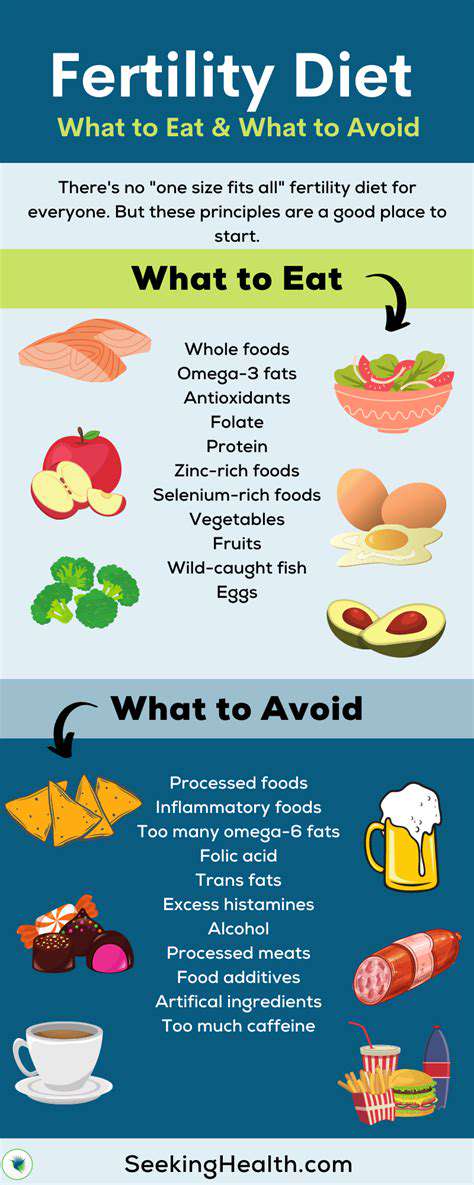Understanding Added Sugar: How to Spot It in Foods
Tips for Reducing Added Sugar Intake
Understanding Added Sugars
Added sugars are sugars and syrups added to foods or beverages during the processing, preparation, or consumption. They're often hidden in unexpected places, from condiments and sauces to processed foods and even seemingly healthy breakfast cereals. Understanding what constitutes an added sugar is crucial for managing your intake and making informed food choices.
Knowing the different names for added sugars, such as high-fructose corn syrup, sucrose, and dextrose, can help you identify them on food labels. It's important to be aware that these ingredients, while seemingly different, all contribute to your overall added sugar intake and can have similar health implications.
The Importance of Reading Food Labels
Food labels provide a wealth of information about the nutritional content of the products. Scrutinizing the ingredients list is essential for identifying added sugars. Look for terms like sugar, high-fructose corn syrup, corn sweetener, dextrose, sucrose, maltose, and other added sugars. Pay close attention to the order of ingredients; ingredients listed higher on the list are present in larger quantities.
Beyond just sugar content, also consider serving sizes. A product might appear to have a low sugar content per serving, but the serving size itself could be misleadingly small. Be sure to double-check the serving size information to get a more accurate picture of the overall sugar content.
Identifying Added Sugars in Beverages
Many beverages, even those marketed as healthy, contain significant amounts of added sugar. Juices, sodas, sports drinks, and sweetened teas often hide substantial sugar content. Choosing water, unsweetened tea, or plain milk alternatives can drastically reduce your added sugar intake.
Look for no added sugar or unsweetened options. Comparing different beverage choices based on their sugar content can help you make healthier decisions. Understanding the sugar content in different drinks is a key step in making better choices.
Making Smart Swaps for Reduced Sugar
Making gradual changes to your diet can significantly reduce your added sugar intake. Swap sugary cereals for whole-grain options and choose unsweetened yogurt instead of flavored varieties. Opt for fruit instead of sugary snacks and replace sugary drinks with water or unsweetened beverages.
Replacing sugary condiments with low-sugar or sugar-free alternatives can make a big difference. Slowly replacing these habits can lead to significant improvements in your overall health and well-being.
Portion Control and Frequency of Consumption
Even healthy foods, if consumed in large portions, can contribute to excess sugar intake. Controlling portion sizes and being mindful of how often you consume sugary treats are crucial.
Be aware of your body's signals regarding hunger and fullness. Overeating, even of healthy foods, can lead to increased sugar intake. Adjusting portion sizes and being mindful of how frequently you consume sugar-rich foods can help you better manage your intake.
The Role of Sugar in Your Overall Diet
Sugar, while a necessary nutrient in small amounts, can have significant negative effects on your overall health when consumed in excess. Excessive sugar intake is linked to numerous health issues, from weight gain and tooth decay to increased risk of heart disease and type 2 diabetes.
Understanding Your Individual Needs
Everyone's sugar needs and tolerance are different. Factors like age, activity level, and underlying health conditions can influence your ideal sugar intake. Consult with a healthcare professional or registered dietitian for personalized guidance on managing your added sugar intake.
They can help you create a personalized plan that considers your unique circumstances and health goals. This individualized approach is crucial for ensuring that your sugar intake aligns with your specific needs and health status.
Read more about Understanding Added Sugar: How to Spot It in Foods
Hot Recommendations
-
*Guide to Managing Gout Through Diet
-
*Best Habits for Financial Well being
-
*How to Build a Routine for Better Mental Health
-
*How to Eat Healthy on a Budget [Tips & Meal Ideas]
-
*Guide to Practicing Self Acceptance
-
*How to Incorporate More Movement Into Your Day
-
*Guide to Managing Chronic Pain Naturally
-
*Guide to Building a Reading Habit for Well being
-
*Top 5 Weight Loss Supplements That Actually Work
-
*Best Exercises for Postpartum Recovery [Beyond Abdominal Work]
![Best Meditation Apps for Beginners [2025 Review]](/static/images/26/2025-05/Top3MeditationAppsforBeginnersin2025.jpg)
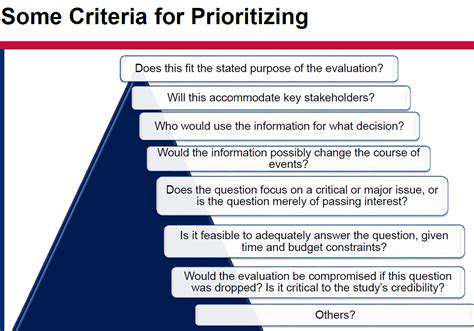
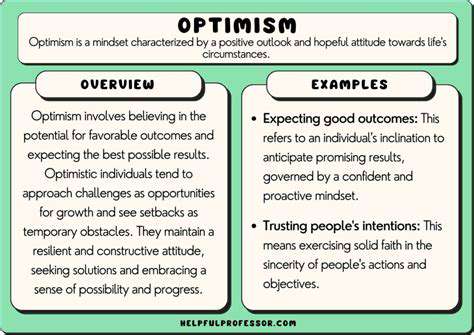
![Guide to Training for a Triathlon [Beginner Plan]](/static/images/26/2025-05/Running3ALayingtheGroundwork.jpg)



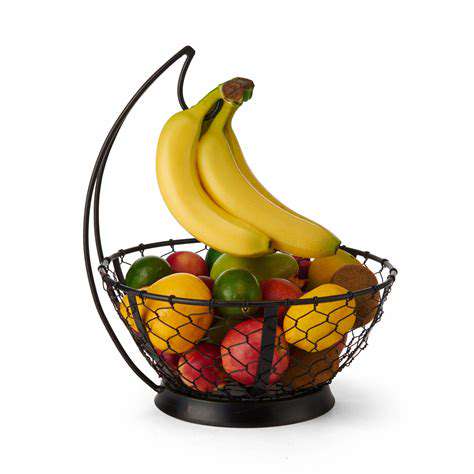

![Guide to Heart Health for Women [Unique Risks & Prevention]](/static/images/26/2025-05/BeyondtheBasics3AAddressingSpecificConcerns.jpg)
